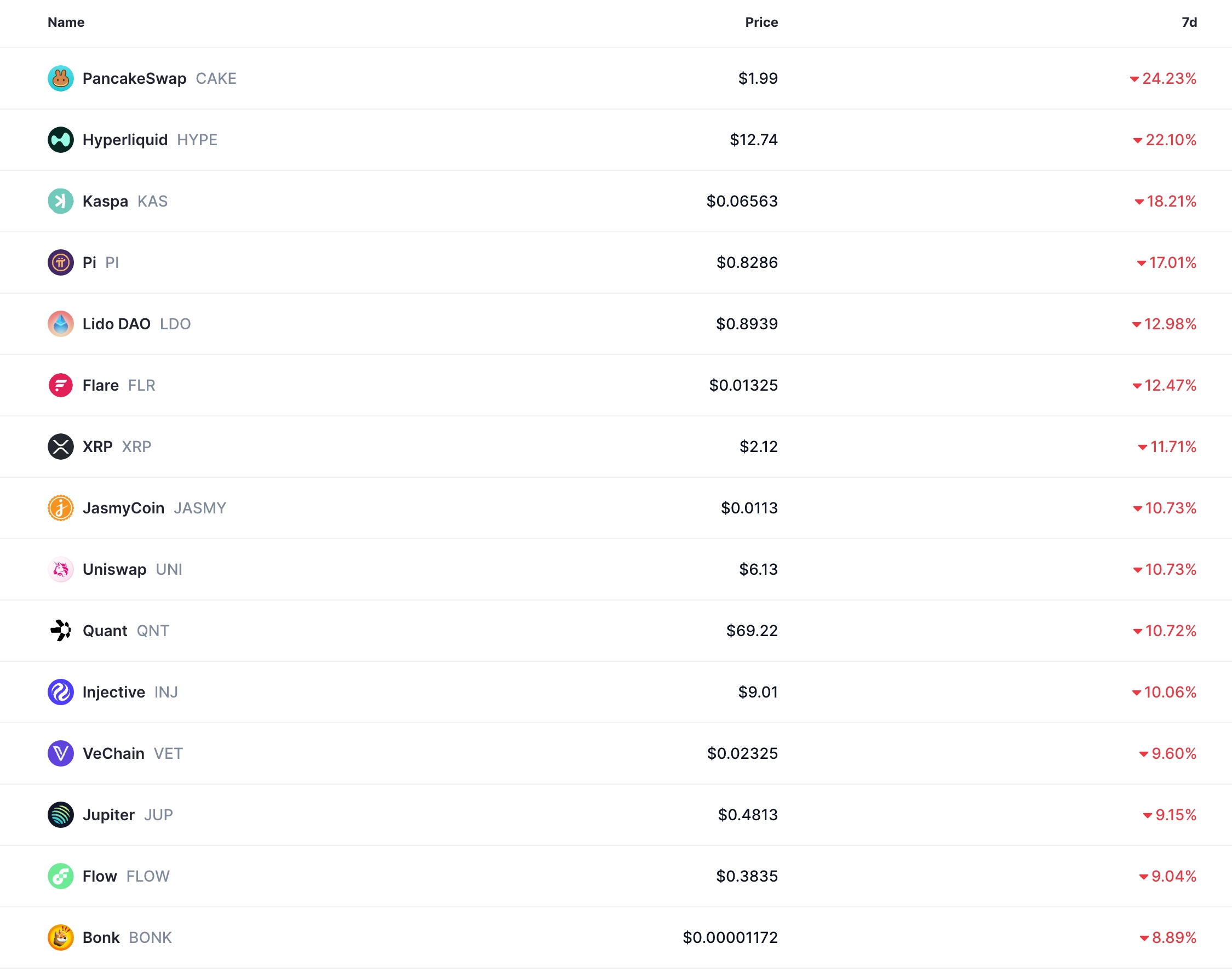Bitcoin and leading altcoin prices experienced a significant downturn at the week’s end, as the crypto fear and greed index lingered in the fear territory.
Following a surge to $89,000, Bitcoin (BTC) plummeted to approximately $82,000 by Saturday morning. Details are provided below.
In the meantime, the total market capitalization of all cryptocurrencies dropped to $2.73 trillion. This piece outlines two potential catalysts for Bitcoin and other altcoins in the upcoming week.

Trump’s reciprocal tariffs
Looking ahead to next week, President Trump’s proclaimed “Liberation Day” is anticipated to be a significant driver for numerous cryptocurrencies and stock prices. On this day, he plans to invoke reciprocal tariffs against major U.S. trading partners.
The purpose of these tariffs is to push back against what Trump perceives as unjust taxes on American products and non-tariff barriers.
Reports indicate that the European Union is considering concessions, while China is preparing its own countermeasures.
Economists warn that these tariffs could negatively impact American manufacturers by increasing their operational costs and hindering their international business. With anticipated decreases in consumer spending and business investments, some experts suggest that the U.S. may be at a heightened risk of recession.
In the March Ag Economists’ Monthly Monitor, for example, 62% of economists predict a recession in the U.S. economy by 2025.
Therefore, on Tuesday, it is likely that Bitcoin and altcoin prices will respond to these tariffs. In theory, these assets may continue their downward trend as Trump announces the tariffs.
Conversely, these assets might recover since the market may have already factored in the tariffs. A rebound could also occur if certain countries reach agreements with the U.S.
US nonfarm payrolls data
Another crucial factor influencing Bitcoin and altcoin prices will be the U.S. nonfarm payrolls data released on Friday.
Analysts surveyed by Reuters anticipate that the data will indicate 128,000 new jobs created in March, a notable decline from the 151,000 jobs generated the previous month. The unemployment rate is projected to rise to 4.2%.
Historically, job creation figures have influenced the prices of cryptocurrencies and stocks due to their implications for the Federal Reserve’s policies. The Fed’s mandate includes ensuring stable inflation and low unemployment rates.
As these figures are released, Wall Street remains divided on expectations for the Fed this year. Some analysts believe the Fed will keep interest rates steady due to persistent inflation, while others foresee rate cuts by the end of the year amid a potential recession triggered by Trump’s tariffs.
